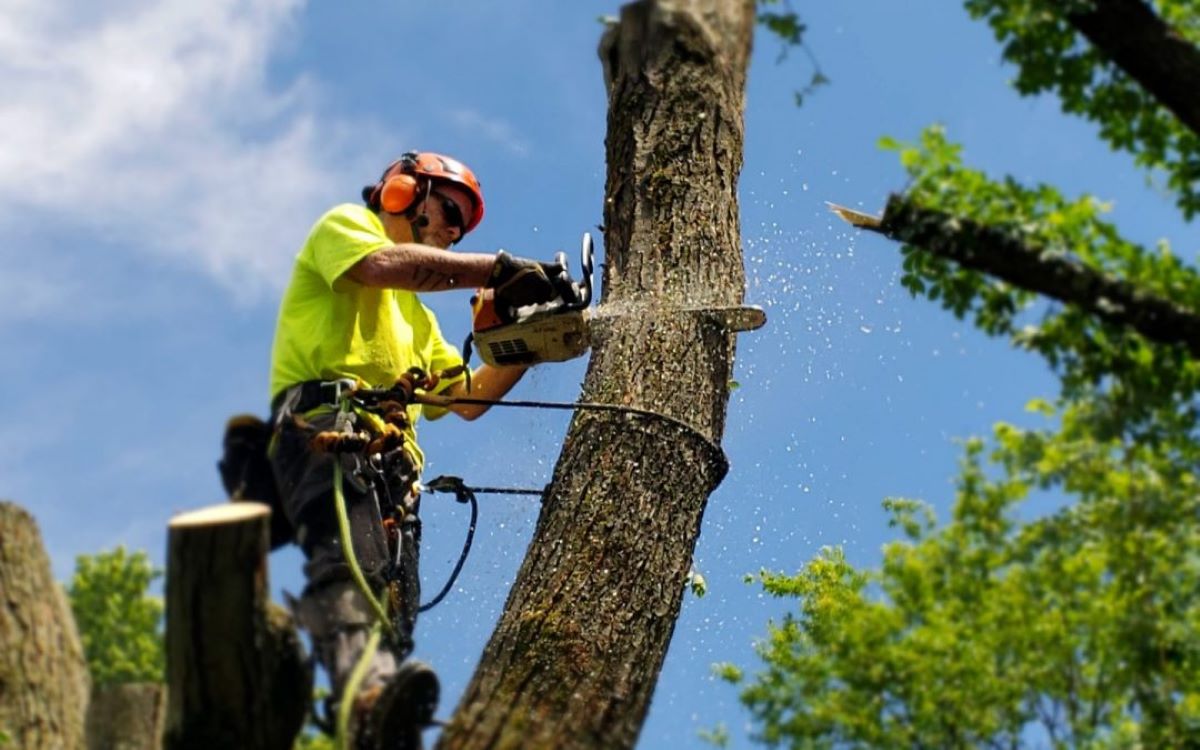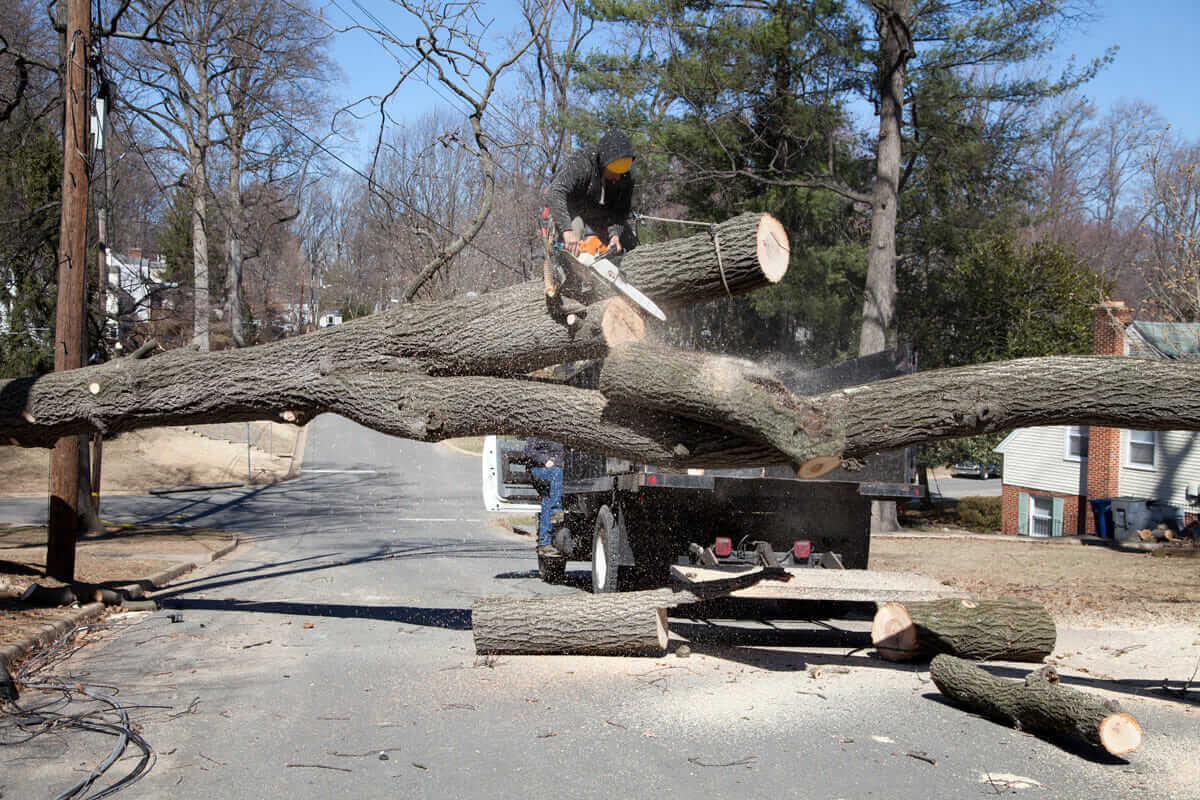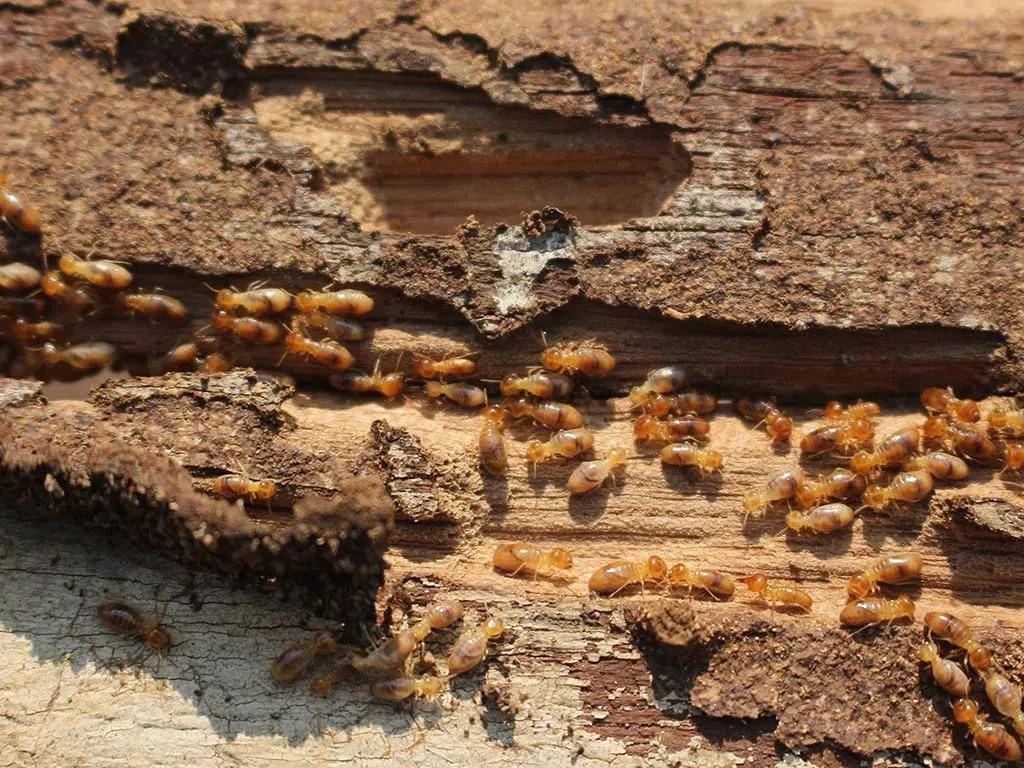Choosing a qualified tree lopper in Sydney requires careful consideration to ensure the safety of property and people while maintaining the health of trees. Professional tree loppers bring essential expertise to complex tree management tasks, protecting both the urban landscape and property values.
Key factors when selecting a tree lopper include:
- Proper qualifications and certifications
- Insurance coverage and liability protection
- Experience with local tree species
- Knowledge of Sydney council regulations
- Safety protocols and professional equipment
- Reputation and client testimonials
A qualified tree lopping Sydney safeguards against potential hazards, property damage, and legal complications. The right professional will assess tree health, identify risks, and implement appropriate solutions while adhering to local regulations.
This guide explores essential aspects of choosing a tree lopper in Sydney, from legal requirements and qualifications to pricing transparency and communication skills. These insights help property owners make informed decisions when selecting a tree care professional.
1. Assessing Tree Health and Risk
A thorough tree health assessment serves as the foundation for any successful tree lopping project. Professional tree loppers conduct detailed examinations to identify:
- Signs of disease or decay
- Structural weaknesses
- Root system stability
- Presence of pests or infections
- Branch integrity and strength
The risk evaluation process includes careful consideration of:
- Proximity to buildings and structures
- Location of power lines
- Soil conditions
- Weather patterns and wind exposure
- Traffic patterns beneath the tree
Safe tree-cutting requires precise planning and execution. Qualified professionals develop detailed strategies that address:
- Cutting angles and techniques
- Equipment positioning
- Drop zones and safety perimeters
- Emergency response protocols
Tree lopping carries inherent risks such as:
- Falling branches and debris
- Equipment-related hazards
- Environmental factors
- Property damage potential
- Worker safety concerns
A qualified tree lopper’s expertise in health assessment and risk management ensures the protection of property, personnel, and surrounding vegetation throughout the lopping process.
2. Legal Considerations for Tree Lopping in Sydney
Tree lopping in Sydney requires strict adherence to local council regulations and environmental protection laws. Each council maintains specific guidelines for tree preservation, with protected species and heritage trees requiring special consideration.
Key Legal Requirements:
- Written council approval for removing or pruning trees above specific height/trunk diameter
- Additional permits for trees in heritage-listed properties, similar to the tree reviews and permitting process in Austin
- Special authorisation for work near power lines or public spaces
Protected Species and Heritage Trees:
Trees classified as significant or heritage-listed need extensive documentation and specialist assessment before any work commences. These applications often require:
- Detailed arborist reports
- Site plans
- Photographic evidence
- Environmental impact assessments
Power Line Regulations:
Working near electrical infrastructure demands:
- Notification to energy providers
- Compliance with safe working distances as outlined by EPA’s guidelines on electric and magnetic fields from power lines
- Qualified personnel with specific certifications
- Written approval from relevant authorities
Non-compliance with Sydney’s tree prevention laws can result in substantial fines and legal penalties. Professional tree loppers must maintain current knowledge of local regulations and obtain necessary permits before starting any work. This includes understanding the safety protocols regarding trees near power lines which demand stringent adherence to avoid hazards.
3. Services Offered by Professional Tree Removal Companies
Professional tree removal companies in Sydney offer a wide range of specialised services:
- Complete Tree Removal: Safe extraction of trees including root systems
- Precision Tree Lopping: Strategic reduction and shaping of tree canopies
- Stump Grinding and Removal: Elimination of remaining tree stumps
- Emergency Tree Services: 24/7 response for storm damage or fallen trees
- Green Waste Management: Responsible disposal and recycling of tree materials
Importance of Post-Removal Inspections
After a tree has been removed, inspections are conducted to ensure quality control. These assessments help identify potential soil issues, evaluate the health of surrounding vegetation, and detect any structural concerns that may impact future landscaping plans.
Benefits of Professional Green Waste Disposal
Hiring qualified tree removal specialists for green waste disposal offers several benefits:
- Creation of mulch for garden enrichment
- Proper handling of diseased plant material
- Compliance with local environmental regulations
- Reduction in landfill impact
- Time and cost savings compared to DIY disposal
Recommendations from Qualified Tree Removal Specialists
Qualified tree removal specialists also provide detailed recommendations for:
- Replacement planting strategies
- Soil improvement methods
- Ongoing maintenance schedules
- Prevention of future tree-related issues
4. Tree Lopping vs. Tree Removal: Understanding the Difference
Tree lopping and tree removal serve distinct purposes in tree maintenance. Tree lopping involves selective cutting of branches to reduce the tree’s size while preserving its structure. This method suits situations where:
- Trees obstruct power lines
- Branches extend too close to buildings
- Storm damage requires branch reduction
- Tree crown needs reshaping
Complete tree removal becomes necessary under specific circumstances:
- Dead or severely diseased trees
- Structural instability threatening property
- Root systems damaging foundations
- Construction requirements
- Trees blocking essential development
The choice between these options depends on:
- Tree health assessment
- Location and accessibility
- Local council regulations
- Property requirements
- Cost considerations
A professional arborist can assess the tree’s condition and recommend the most appropriate solution based on safety factors and long-term implications. The decision impacts both immediate safety concerns and future property maintenance requirements.
5. Qualifications and Experience of a Qualified Tree Lopper
Professional tree loppers must possess specific arboriculture qualifications to ensure safe and effective tree care services. The minimum requirements include:
- Certificate II in Arboriculture
- Working at Heights certification
- First Aid certification
- Chemical handling certification (where applicable)
Certified arborists hold advanced qualifications, including:
- Diploma of Arboriculture
- Advanced tree risk assessment training
- Specialised knowledge in tree biology and diseases
The distinction between arborists and tree loppers lies in their level of expertise:
Tree Loppers:
- Focus on practical cutting techniques
- Trained in basic tree maintenance
- Specialise in height safety and equipment operation
Certified Arborists:
- Possess in-depth knowledge of tree biology
- Can diagnose tree diseases and structural issues
- Provide comprehensive tree management plans
- Qualified to make complex decisions about tree health
A qualified professional should demonstrate a minimum of 2-3 years of hands-on experience in the Sydney area, with documented proof of successful projects and ongoing professional development.
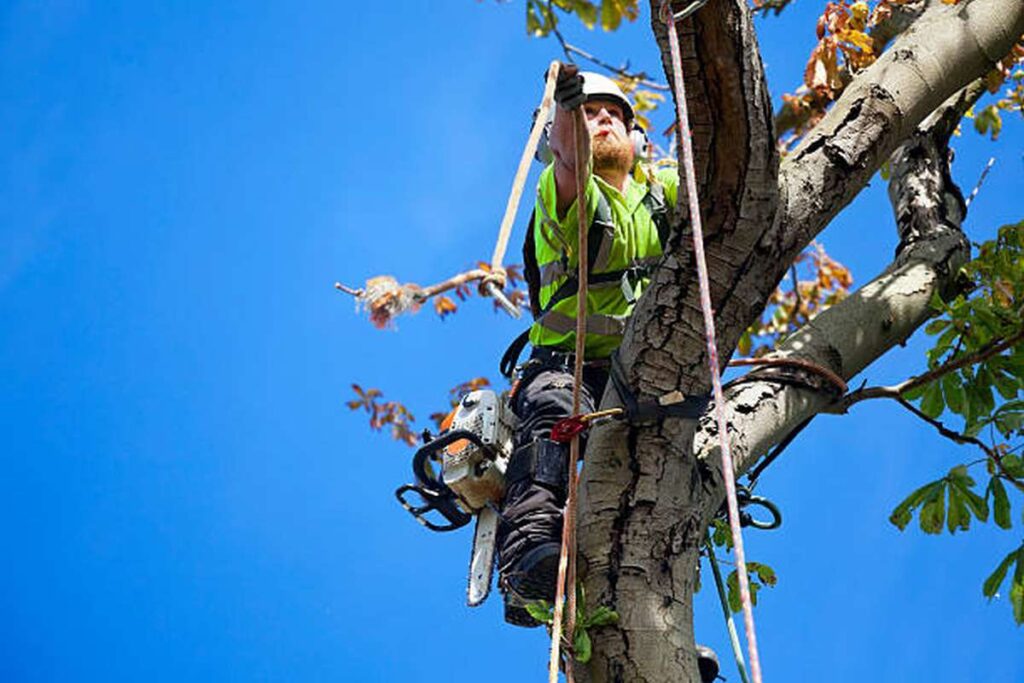
6. Insurance Requirements for Professional Tree Loppers
Professional tree loppers must carry comprehensive insurance coverage to protect both their workers and clients’ properties. The essential insurance requirements include:
- Public Liability Insurance – Minimum coverage of $10 million to protect against property damage or injury to third parties
- Workers’ Compensation Insurance – Mandatory coverage for all employees working on-site
- Professional Indemnity Insurance – Protection against claims arising from professional advice or services
A qualified tree lopper should readily provide current insurance certificates upon request. These documents must display:
- Valid policy numbers
- Coverage amounts
- Expiry dates
- Specific coverage details for tree lopping activities
It’s crucial to verify that insurance policies specifically cover tree lopping operations, as general liability insurance might exclude certain high-risk activities. The insurance documentation should also list any policy exclusions or limitations that might affect the service delivery.
Reputable tree loppers maintain updated insurance records and display their coverage details prominently in their service agreements. This transparency protects both parties and ensures compliance with Sydney’s workplace safety regulations.
7. Safety Practices and Equipment Used in Tree Lopping Operations
Professional tree loppers adhere to strict safety protocols to protect workers, property, and the public. These protocols include:
1. Pre-operation Assessment
- Site inspection for hazards
- Weather condition evaluation
- Emergency response plan preparation
2. Personal Protective Equipment (PPE)
- Safety helmets with face shields
- Cut-resistant clothing
- Steel-capped boots
- High-visibility gear
Qualified tree loppers maintain their equipment to industry standards:
3. Essential Equipment Checks
- Daily chainsaw safety inspections
- Regular rope and harness testing
- Proper equipment storage practices
- Documented maintenance schedules
4. Specialised Tools
- Professional-grade chainsaws
- Climbing equipment
- Wood chippers
- Aerial lift devices
Safe tree lopping operations require proper equipment handling techniques:
5. Equipment Operation Standards
- Two-person operation protocols
- Clear communication systems
- Designated safety zones
- Emergency stop procedures
Regular equipment maintenance prevents mechanical failures and ensures precise cuts during tree lopping operations. Professional tree loppers document all safety procedures and equipment checks, creating accountability and maintaining high safety standards.
8. Reputation Check and References for Tree Loppers
A thorough background check helps identify reliable tree loppers in Sydney. Here’s how to evaluate potential service providers:
Review Platforms to Check:
- Google Business Reviews
- Facebook Recommendations
- Local business directories
- Industry-specific platforms
Key Aspects in Reviews:
- Response time
- Work quality
- Clean-up practices
- Customer service
- Price transparency
Recent references from past clients provide valuable insights into a tree lopper’s work ethic and reliability. Request contact details of previous customers who received similar services within the past six months.
Red Flags to Watch:
- Multiple complaints about safety practices
- Unresolved negative reviews
- Inconsistent pricing reports
- Poor communication mentions
- Delayed project completions
Professional tree loppers maintain active online profiles and respond constructively to both positive and negative feedback. A mix of detailed reviews across different platforms creates a comprehensive picture of their service quality and reliability.
9. Pricing Transparency and Detailed Quotes from Tree Loppers
A detailed written quote is an essential document in the process of choosing a tree lopper. Professional tree loppers in Sydney should provide comprehensive quotes that break down:
- Labour costs and time estimates
- Equipment and machinery requirements
- Waste removal and disposal fees
- Stump grinding or removal charges
- Clean-up services
- Any council permit fees
Red flags to watch for in quotes:
- Vague or single-line pricing
- Missing cost breakdowns
- Unclear terms and conditions
- Absence of GST information
- Undefined scope of work
A legitimate quote should outline specific services, timelines, and payment terms. Request multiple quotes from different providers to establish market rates and identify potential price discrepancies. Professional tree loppers understand the importance of transparent pricing and willingly explain each cost component.
Tip: Ensure the quote includes provisions for unexpected complications or additional work that might be required during the tree lopping process.
The lowest quote isn’t always the best choice – prioritise companies that provide clear, detailed pricing structures aligned with industry standards and local regulations.
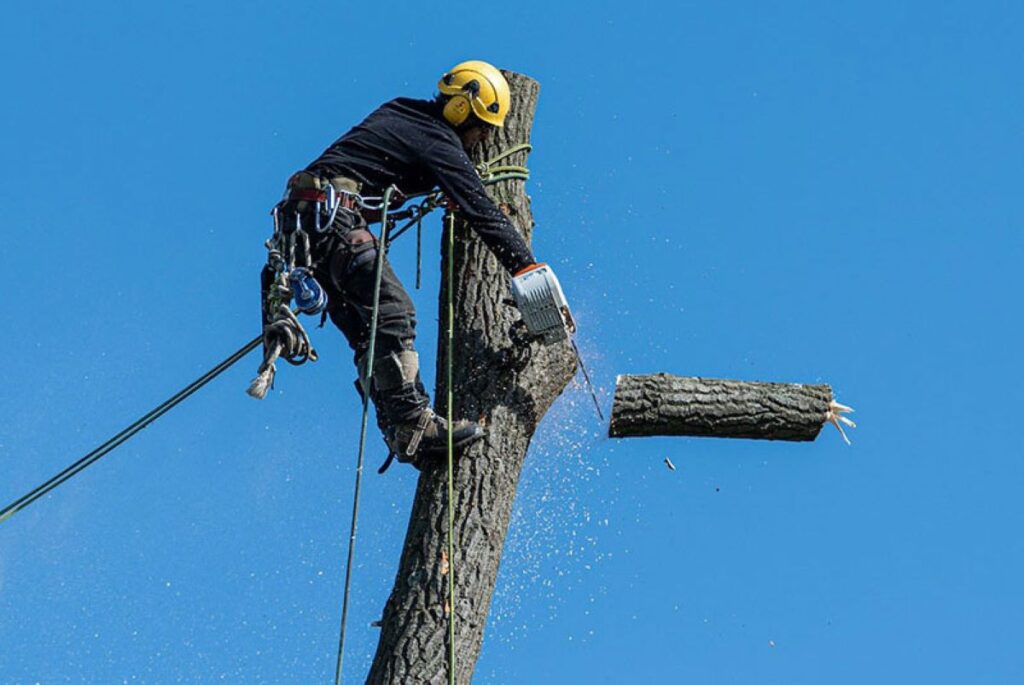
10. Communication Skills: An Important Factor in Choosing a Professional Tree Lopper
Professional tree loppers demonstrate their expertise through clear, consistent communication from the initial consultation to project completion. A qualified arborist:
- Responds promptly to enquiries and scheduling requests
- Arrives on time for appointments and consultations
- Explains technical aspects in understandable terms
- Provides regular updates during the tree lopping process
- Addresses concerns and questions professionally
The initial interaction serves as a strong indicator of the service quality. Watch for these communication red flags:
- Delayed responses to messages
- Vague or unclear explanations
- Missed appointments without notice
- Reluctance to discuss project details
A reliable tree lopping service maintains open lines of communication throughout the entire process, ensuring property owners understand each stage of work. This professional approach builds trust and delivers better results for complex tree management projects in Sydney.
More to Read : Finding the Right Arborists in Sydney for Large Tree Projects

